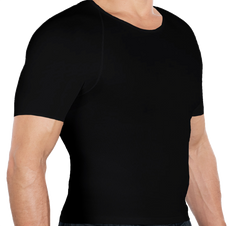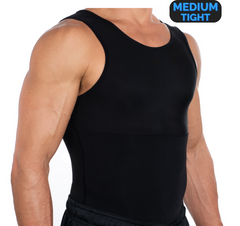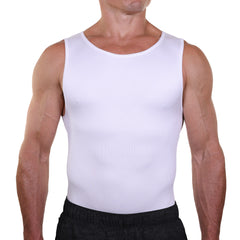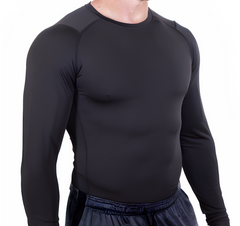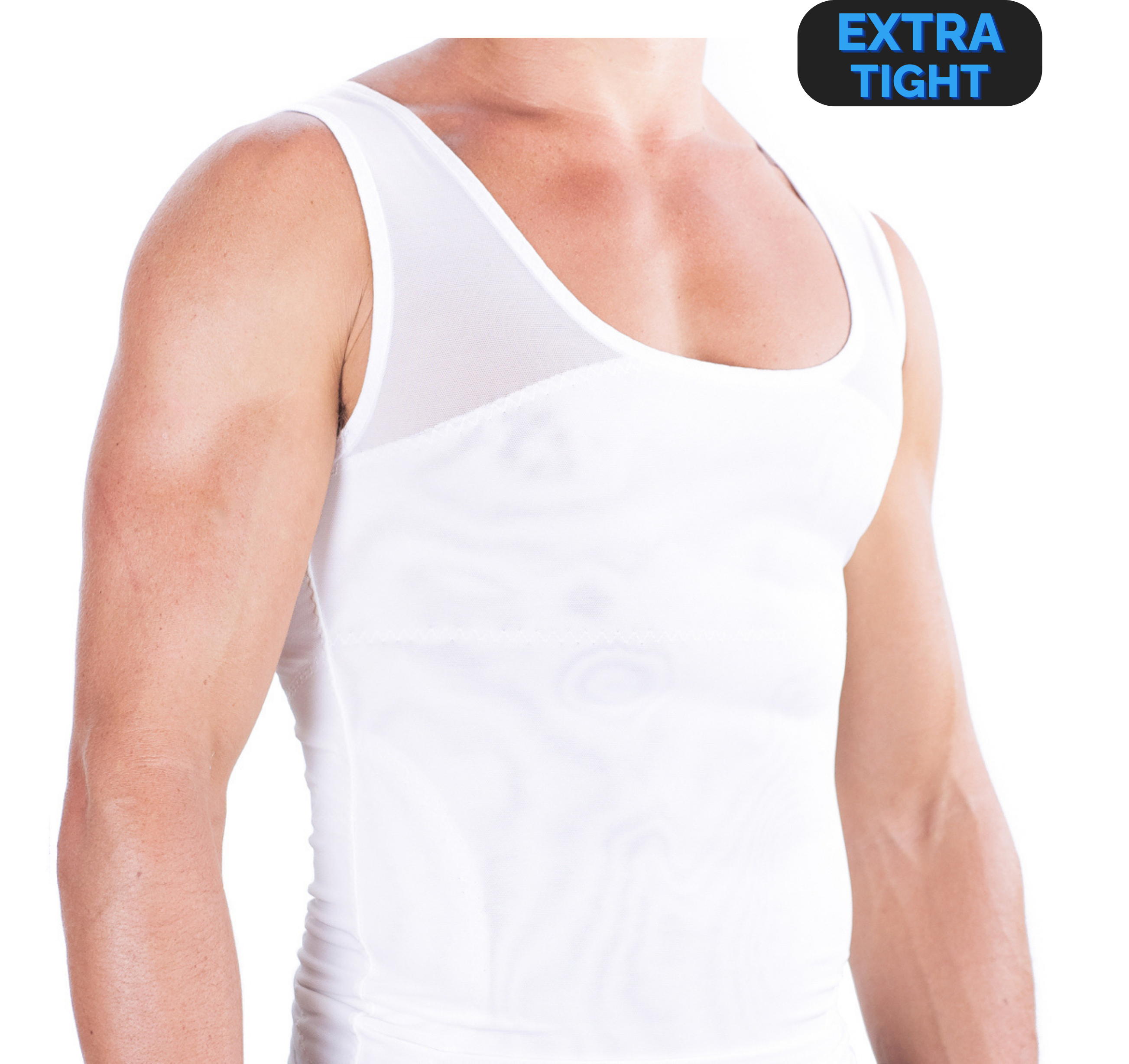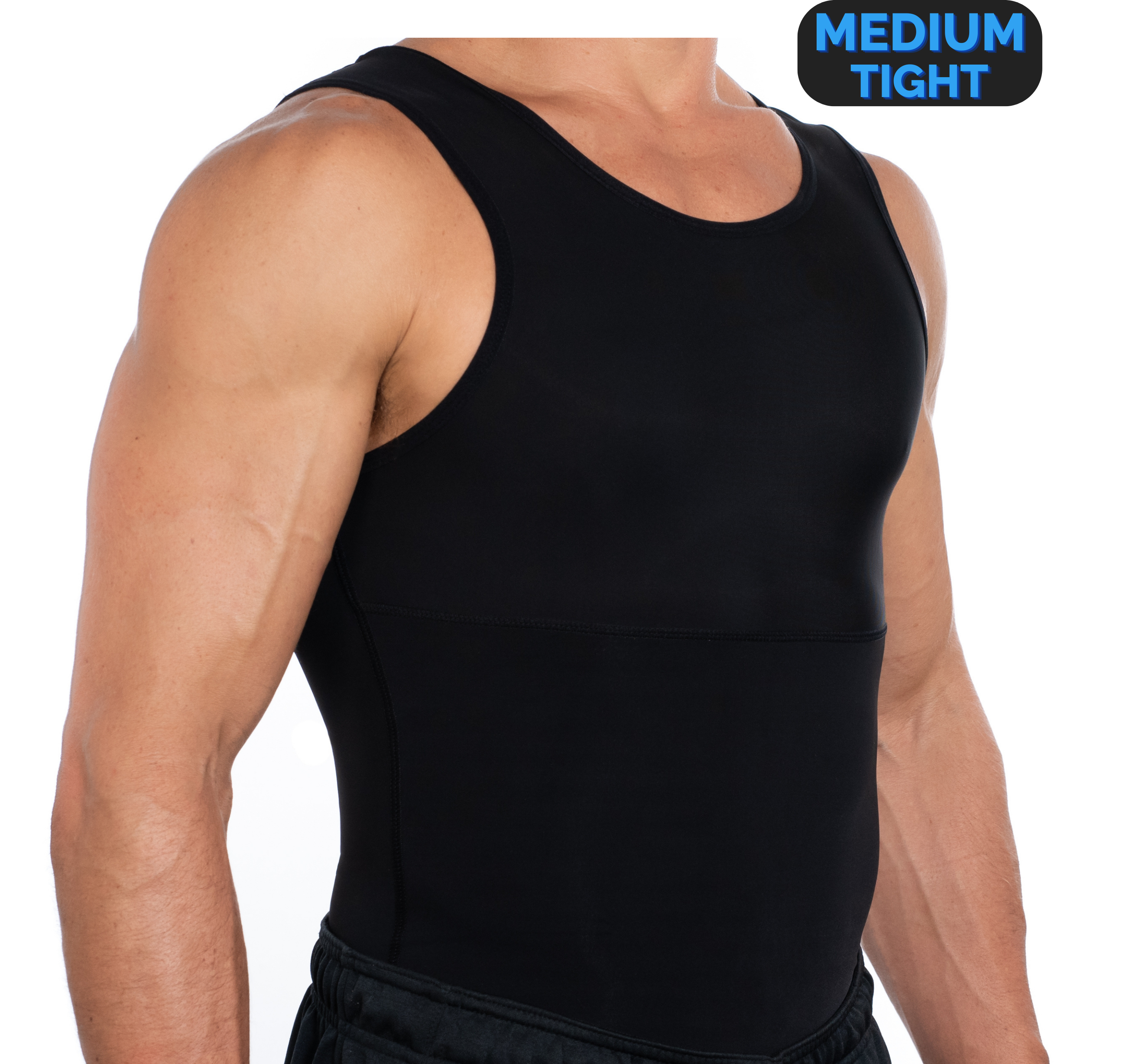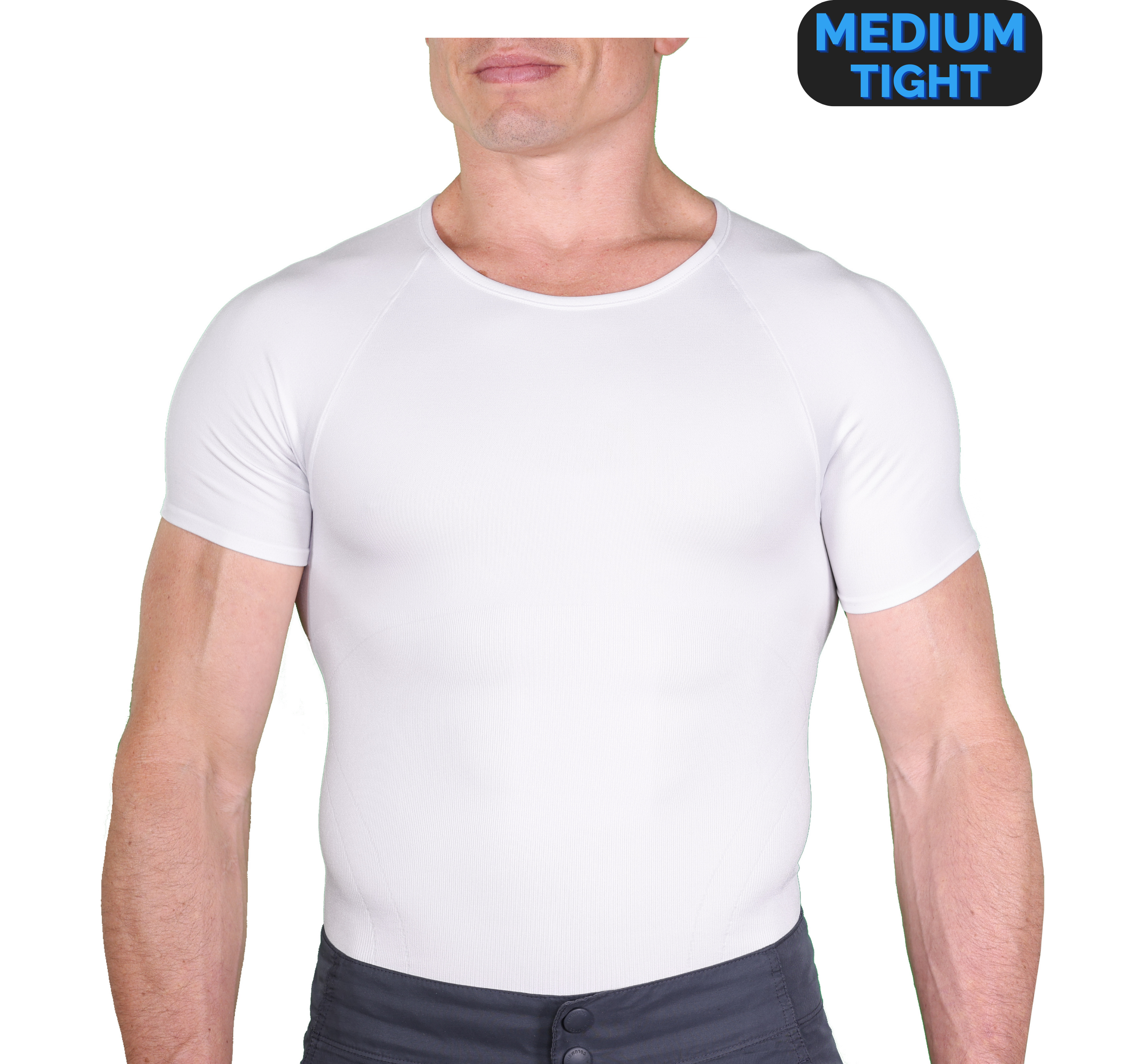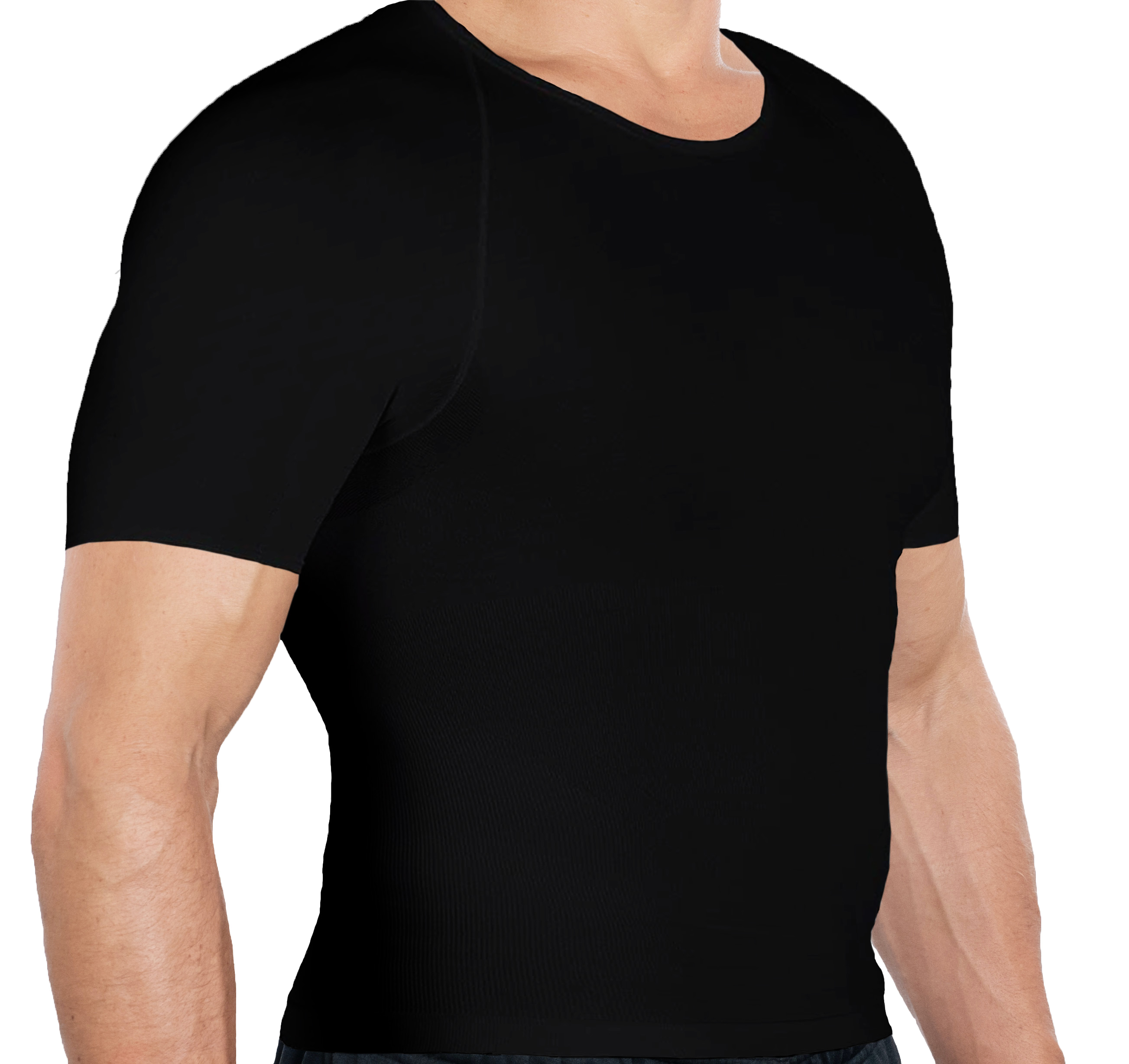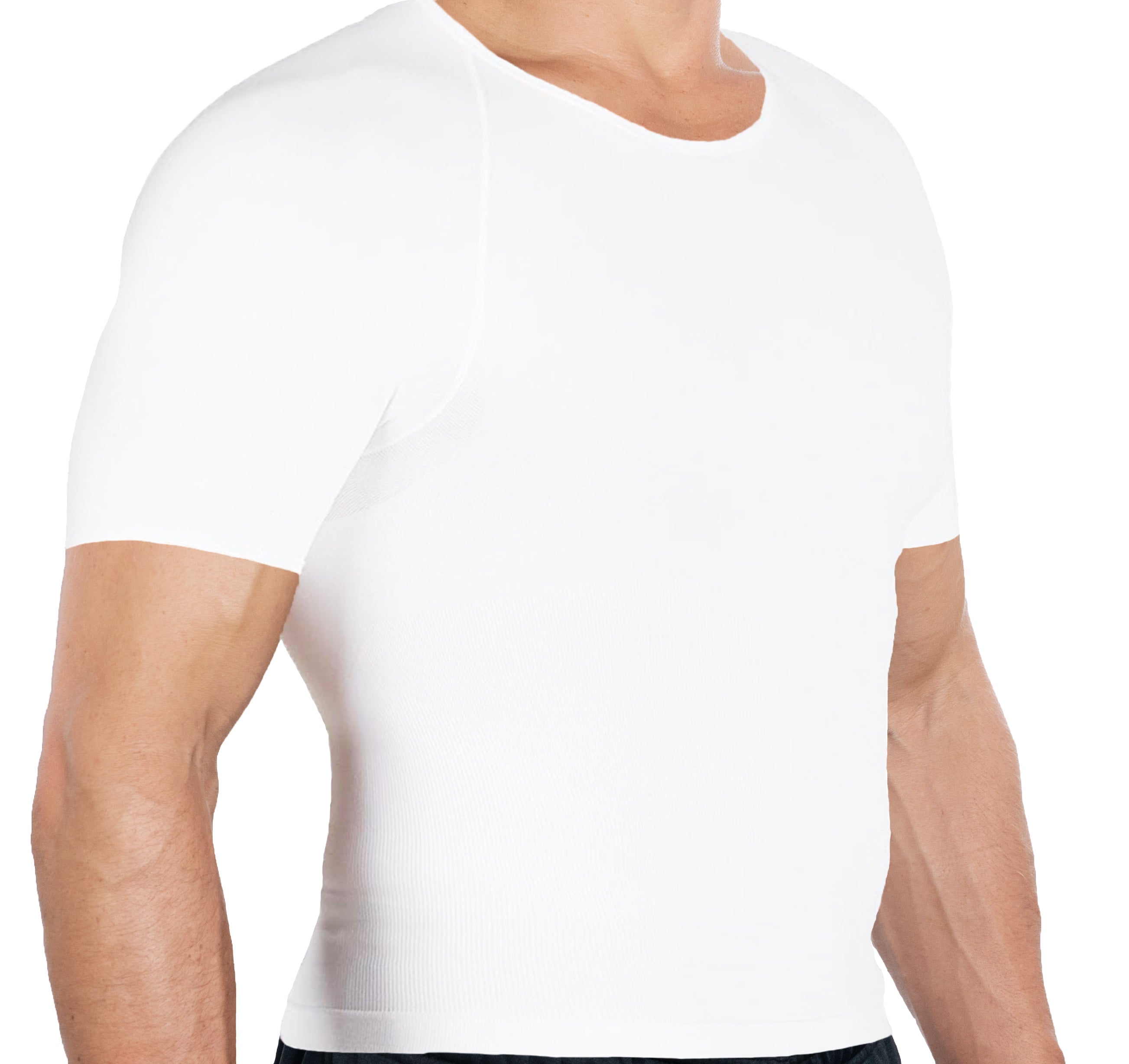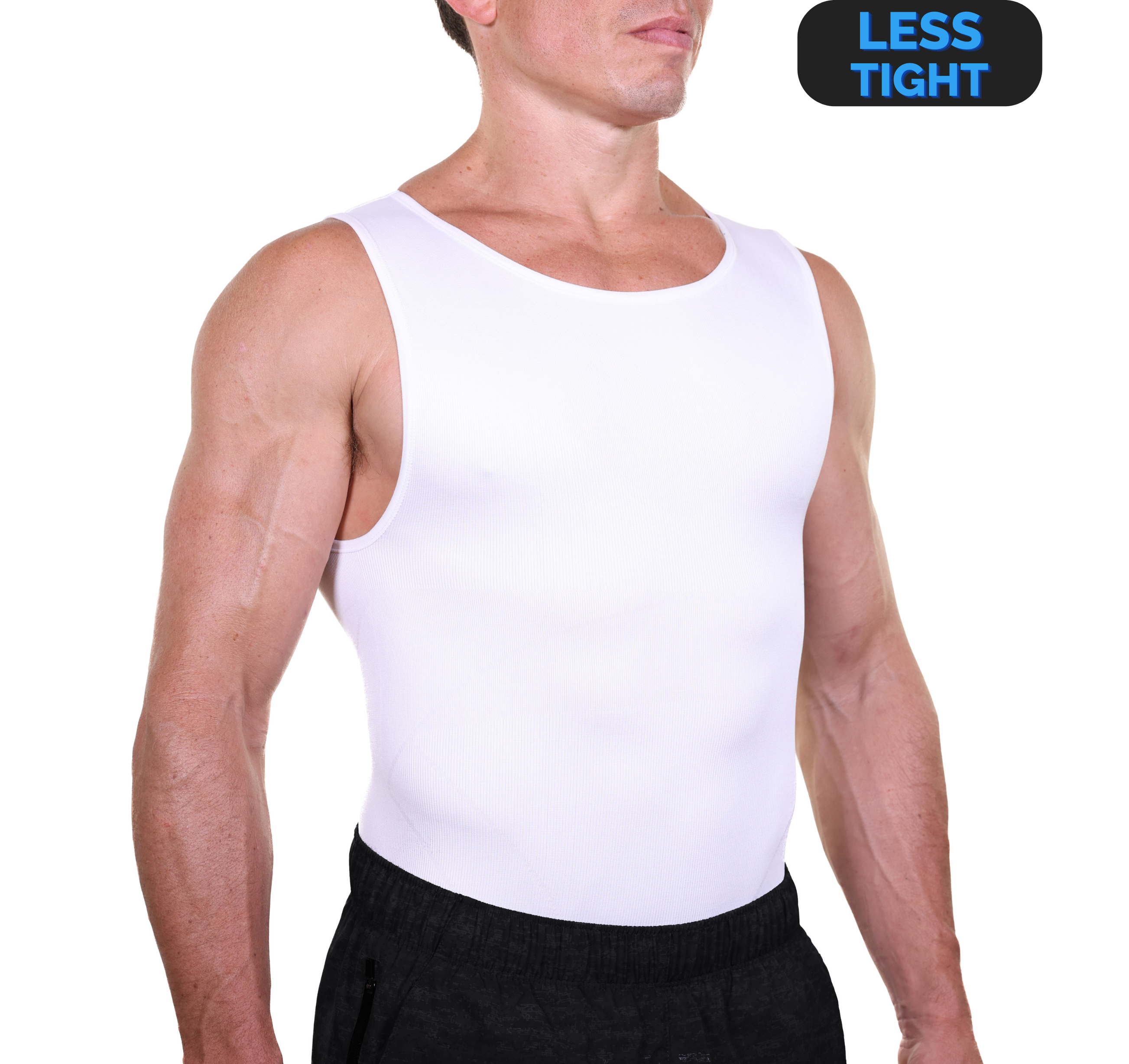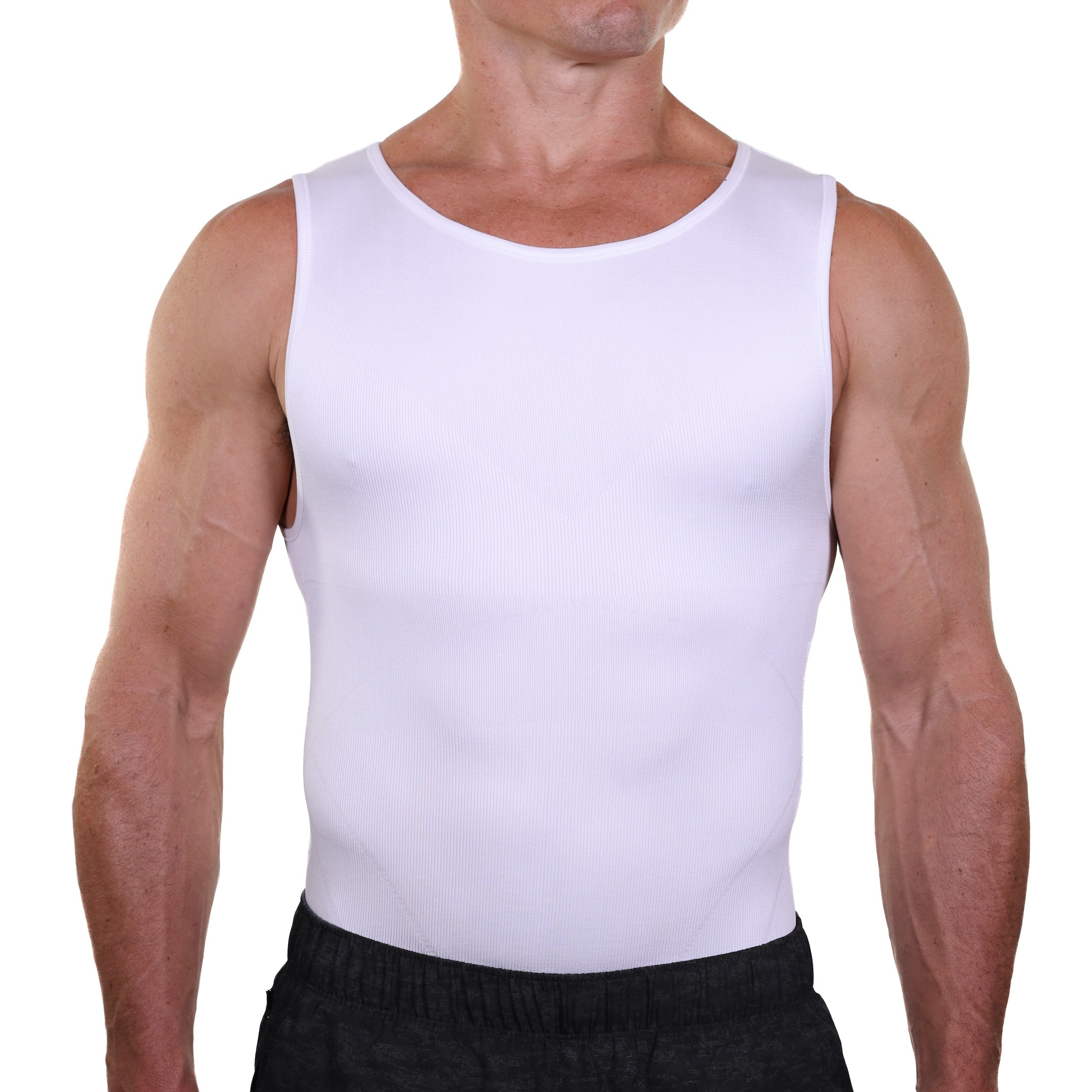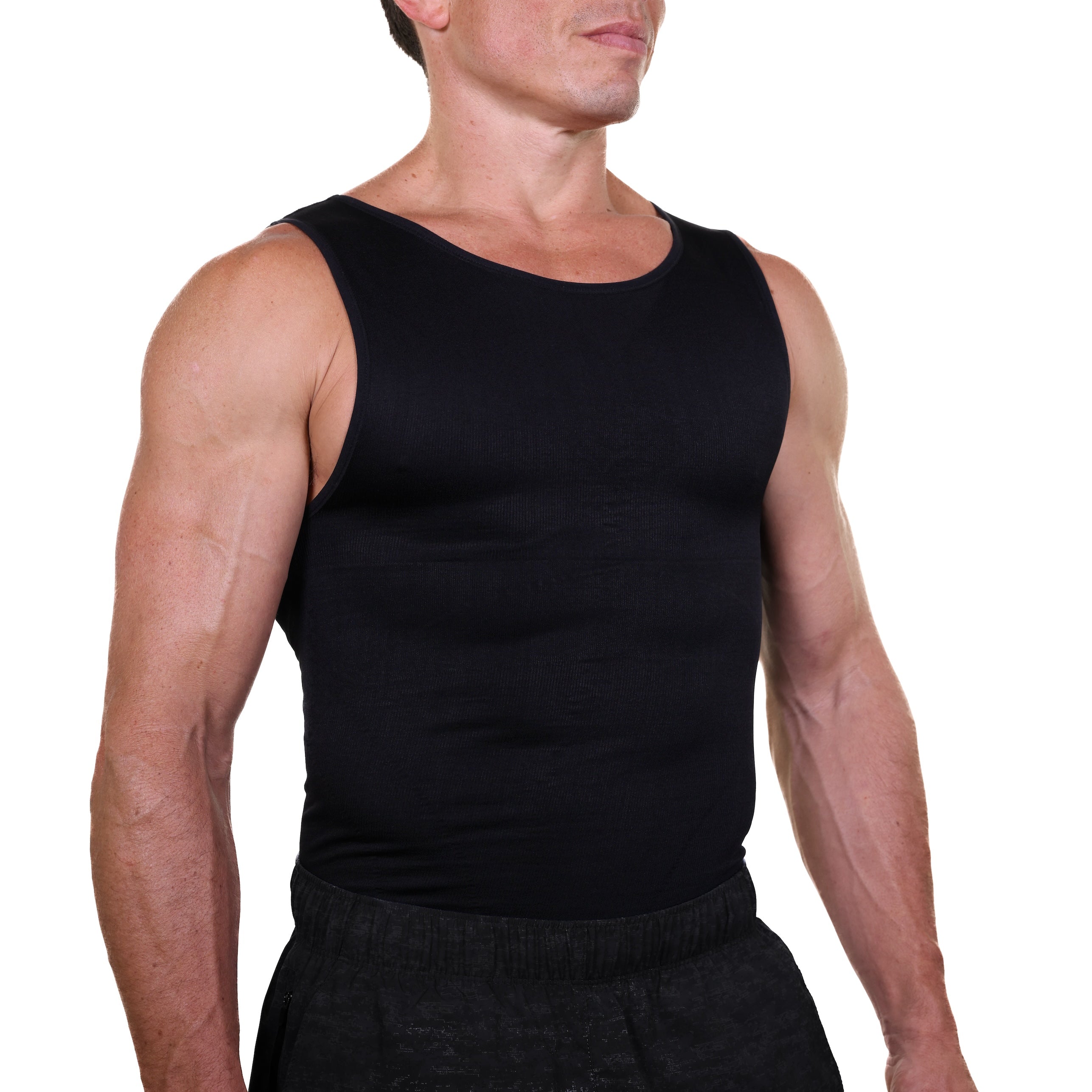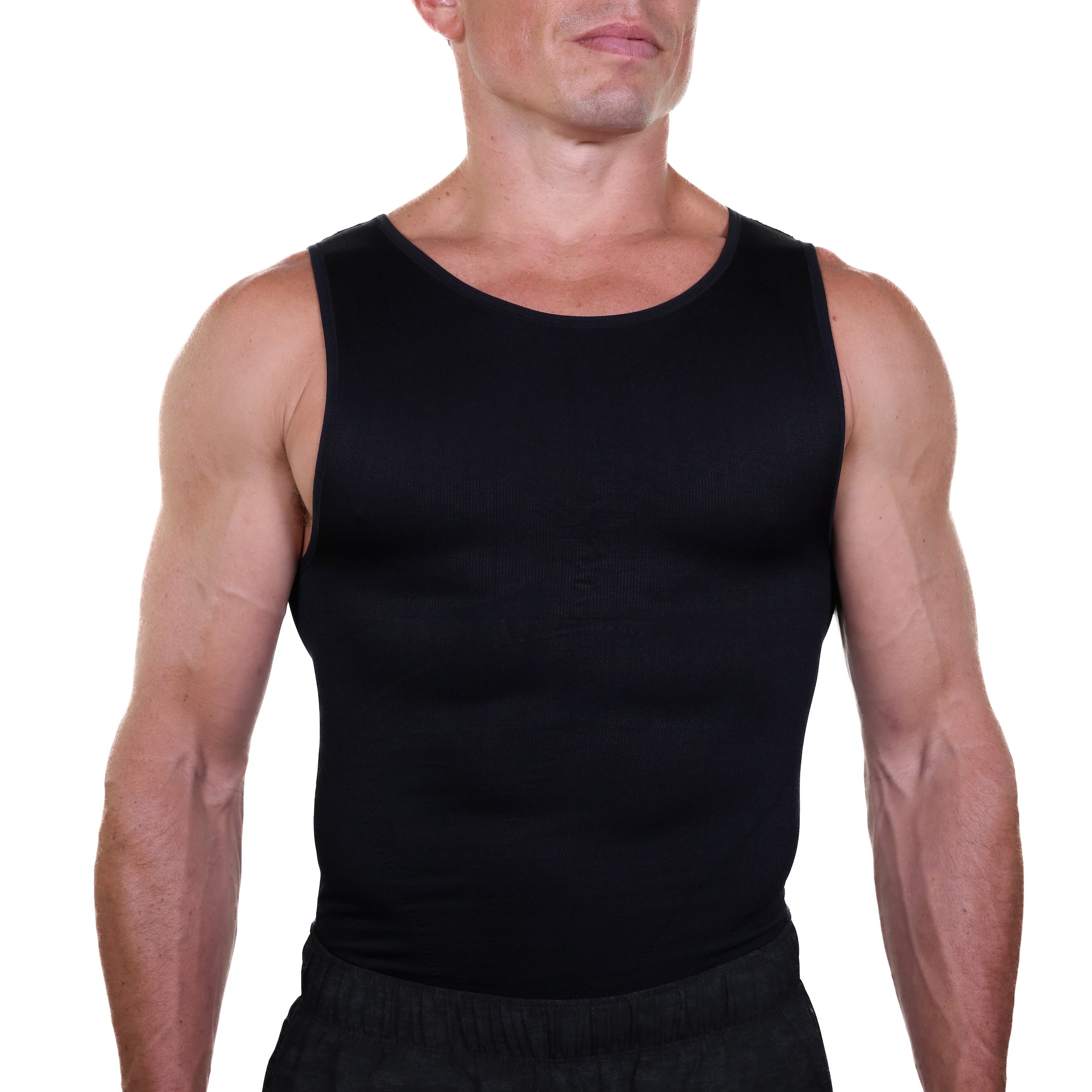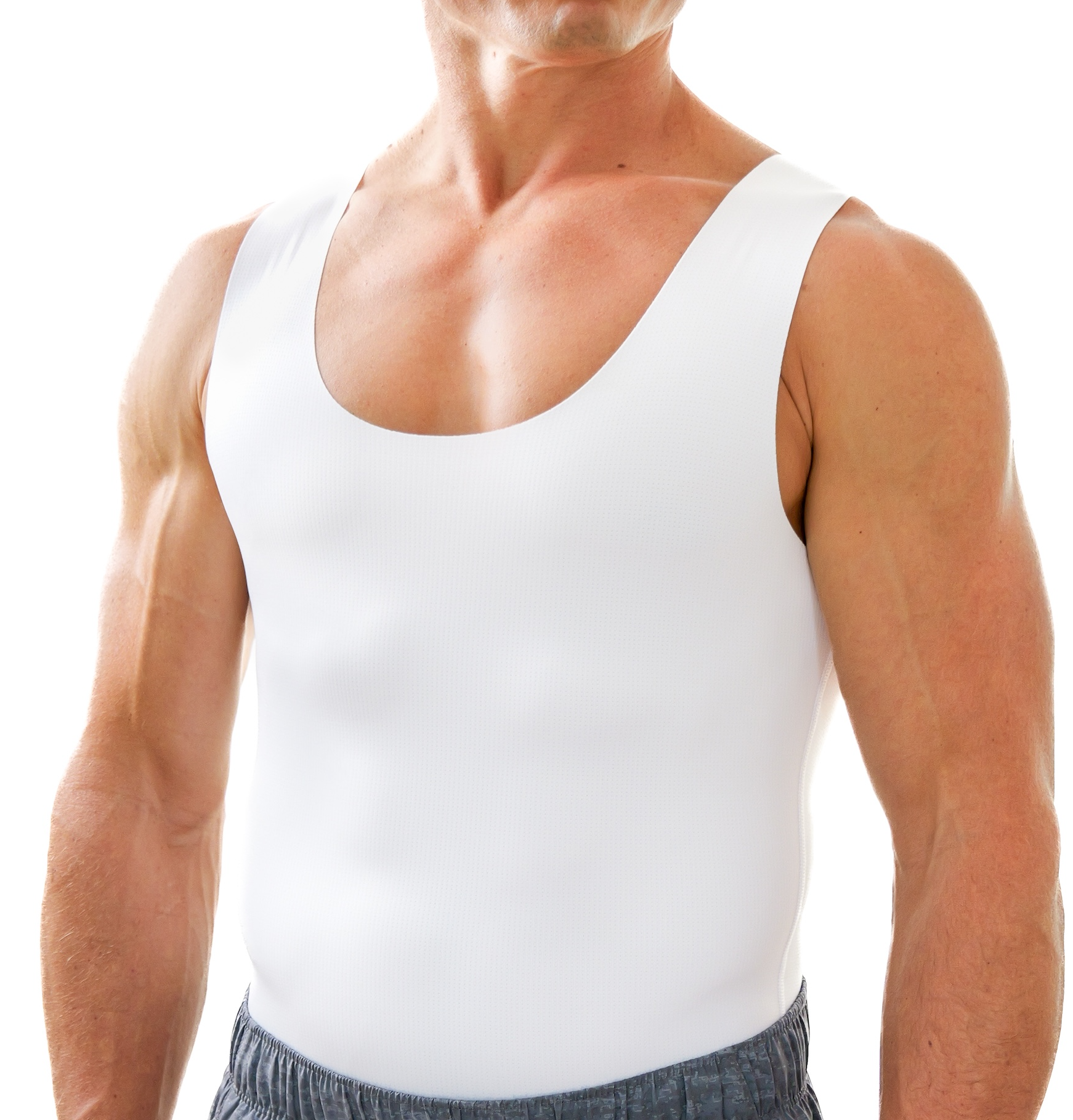When it comes to shaping your body and feeling great in any outfit, what better than shapewear? Whether you’re hiding those extra post-Christmas lbs or simply feel self-conscious in fitting fabrics, shapewear is a bit like an instant tummy tuck or body lift - at about 1/1000th of the price, of course.
So when it comes to picking out shapewear, what are your best options? Two of the most popular choices are shapewear and waist trainers, but what exactly sets them apart? If you’re trying to decide between the two, let’s take a look at their differences and help you make the best choice for your needs. Let’s dive in!
What Is Shapewear?
Put simply, shapewear is underwear that is designed to smooth and contour your body without dramatically altering your natural shape. Rather than changing your body, it provides a more streamlined look under clothing by compressing certain areas like the stomach, hips, and thighs. Available in a variety of styles, shapewear can target different body parts, from full-body suits to high-waisted shorts and tummy-control briefs.
Most shapewear is made from a blend of spandex and nylon, ensuring a snug but flexible fit. Because a body shaper for everyday wear focuses more on gentle shaping rather than extreme compression, it’s usually comfortable enough to wear for extended periods, thus making it a great choice for everyday use.
What Is a Waist Trainer?
Waist trainers are designed to cinch the waist and create an hourglass figure through firm compression. They typically feature boning and hook-and-eye closures, which provide a structured fit around the midsection. Unlike shapewear, waist trainers aim to gradually modify your waist shape over time with consistent use.
These garments are often made from latex or other sturdy materials that ensure maximum compression. Many people use waist trainers during workouts to encourage increased sweating, while others wear them daily to achieve a more sculpted look.
Shapewear vs Waist Trainer: Key Differences
Purpose and Use
The primary function of shapewear is to enhance your natural figure by smoothing out problem areas. It’s designed for temporary shaping rather than long-term changes. On the other hand, waist trainers are meant to provide immediate results by cinching the waist while also working towards a more permanent change with consistent wear.
If your goal is to achieve a more sculpted waistline over time, a waist trainer may be the right choice. However, if you’re simply looking for a way to create a sleeker silhouette for special occasions, shapewear might be the better option.
Material and Comfort
Shapewear is made from lightweight, stretchy fabrics that provide moderate compression without restricting movement. Because of this, it’s a comfortable option that can be worn throughout the day without discomfort.
Waist trainers, however, are much firmer and less flexible. They use materials like latex and steel boning to ensure maximum compression, which can sometimes feel restrictive. While some people get used to wearing a waist trainer over time, it’s not as comfortable as shapewear, especially for long-term wear.
Health and Safety
Shapewear is generally safe for most people when worn correctly. Since it provides light to moderate compression, it doesn’t put excessive pressure on the body. However, wearing shapewear that’s too tight can lead to discomfort, restricted breathing, and digestive issues.
Waist trainers, on the other hand, pose more health risks if not used properly. Excessive compression can cause difficulty breathing, digestive problems, and even rib discomfort. It’s crucial to listen to your body and avoid wearing waist trainers too tightly or for extended periods.
Cost and Durability
Shapewear is available at a variety of price points, with affordable options that still provide good quality. Since it’s made from stretchy materials, it generally has a longer lifespan if cared for properly.
Waist trainers, especially high-quality ones, tend to be more expensive. They also require careful maintenance to ensure they don’t lose their structure over time. Frequent use can lead to wear and tear, so investing in a well-made waist trainer is essential if you plan on using it regularly.
Pros and Cons of Shapewear

Pros of Shapewear
- Provides a smooth and contoured look under clothing
- Comfortable enough for everyday wear
- Available in a variety of styles for different body areas
- More affordable than waist trainers
Cons of Shapewear
- Only offers temporary shaping
- Can feel tight if worn for long periods
- May roll down or shift throughout the day
Pros and Cons of Waist Trainers
Pros of Waist Trainers
- Instantly creates a more defined waistline
- Can contribute to long-term waist shaping with consistent use
- Some designs promote increased sweating during workouts
Cons of Waist Trainers
- Can feel restrictive and uncomfortable
- Potential health risks if worn too tightly or for too long
- More expensive and requires careful maintenance
How to Choose Between Shapewear and Waist Trainers
Consider Your Goals
If you’re looking for an instant slimming effect under clothes, shapewear is the way to go. It’s great for special occasions or daily wear when you want a smoother silhouette. However, if your goal is to gradually train your waist, a waist trainer might be a better fit.
Evaluate Your Comfort Level
Shapewear offers more flexibility and is easier to wear throughout the day. If you’re not a fan of tight, structured garments, you might find waist trainers too restrictive. Consider how much compression you’re comfortable with before making a decision.
Health Considerations
Always prioritize your health when choosing between these two options. Shapewear is generally safe when worn correctly, but waist trainers should be used with caution. If you have any underlying health conditions, consult a professional before using a waist trainer.
Final Thoughts
Ultimately, both shapewear and waist trainers have their advantages, depending on what you’re looking for. If you need a quick fix for a smoother look, shapewear is a great option. But if you’re committed to long-term waist training, a waist trainer could help you achieve your goals.
No matter which option you choose, comfort and safety should always come first. Listen to your body and make sure whatever you wear enhances your confidence without compromising your well-being.


